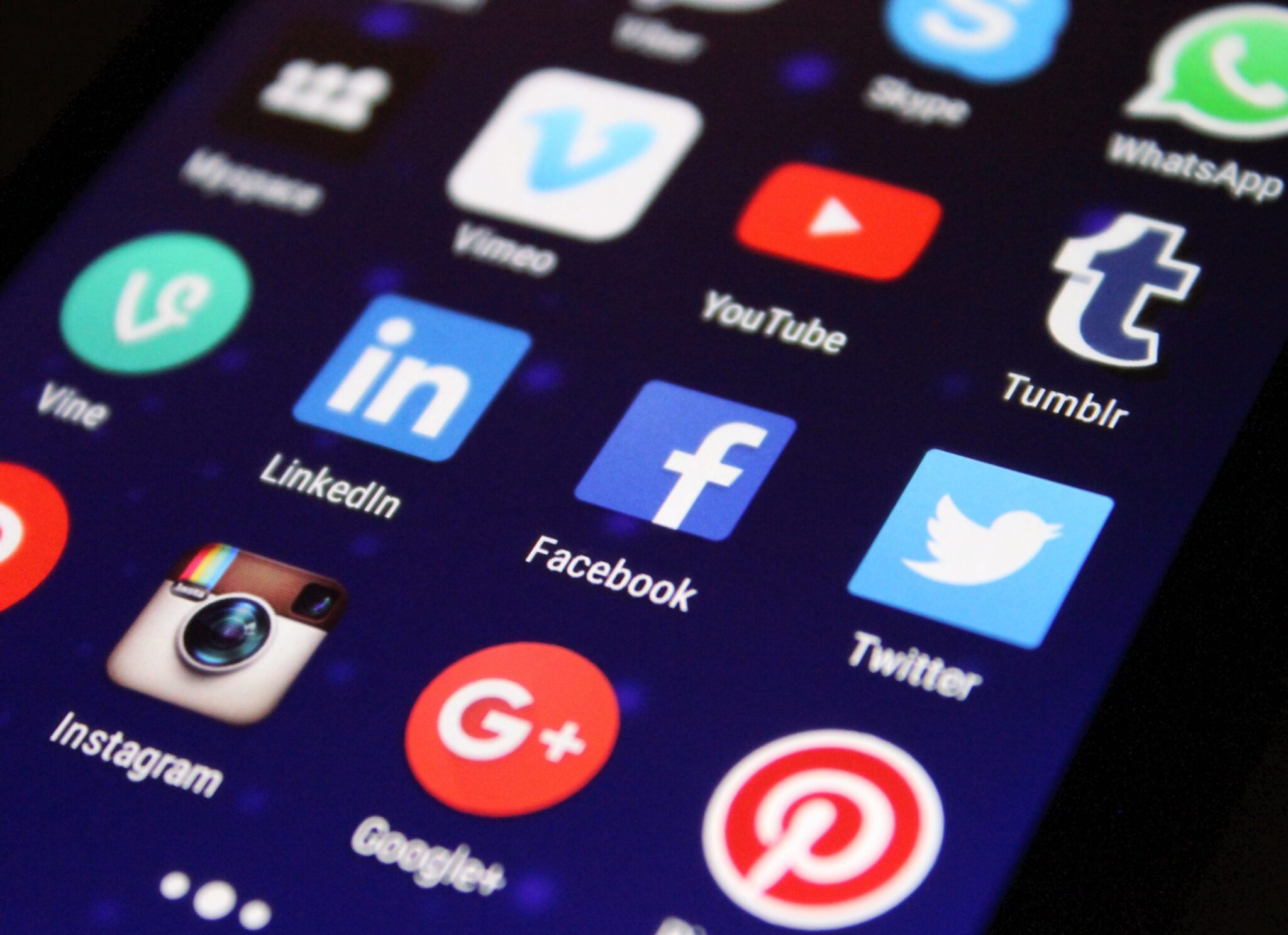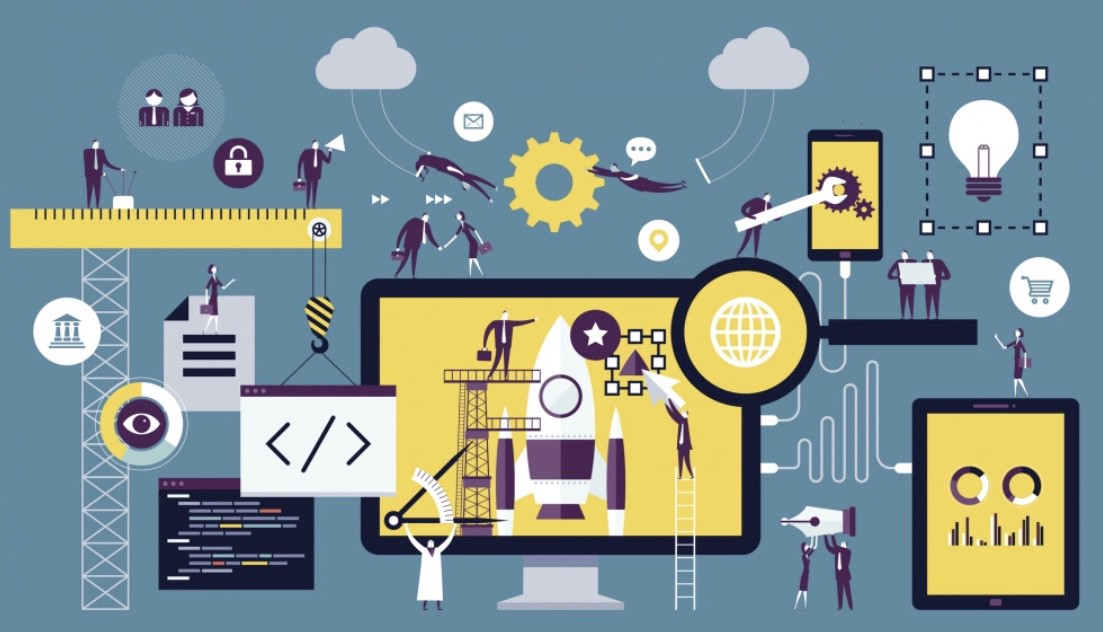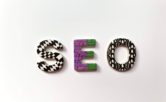
The What, Why and How of Digital Advertising Platforms–And 4 That Can Take Your Business to the Next Level
As a seasoned marketing veteran, you’ve become pretty adepts at separating marketing heft from marketing hype. You know that hyperbolic claims usually don’t pan out—that if it’s too good to be true, in other words, it probably isn’t.
But you also know that, time and available resources being your perennial foes, the totality of information about digital advertising is larger than any individual could know or meaningfully assess. And that makes you unremittingly curious. You never stop learning, and whatever the latest trend (or fad) is, you proudly proclaim the motto that informs every decision you make—just the facts, please.
THE WHAT: A DEEP DIVE INTO THE DIGITAL WEEDS
The problem, of course, is the sheer volume of those facts, facts about pay-per-click (PPC), about PPC vs. SEO, and about social media, content and email marketing. What you need, what you tirelessly seek, are the relevant facts, the ones that could represent game changers that take your business to the next level—facts like these about digital advertising:
- Almost 75% of Facebook’s 2.4 billion active, monthly users go there for “professional purposes”
- Google accounts for 95% of all PPC ad clicks on mobile devices
- PPC is one of the top 3 generators of on-page conversions
- PPC generated site traffic results in 50% more conversions than organic advertising
- Paid advertising yields $2 for every $1 spent (a 200% ROI)
These and similarly useful metrics are a good start, but they don’t tell you how best to leverage digital advertising to move your business forward. For that, you need a deeper dive into why digital advertising is important and how best to leverage digital marketing platforms.
THE WHY: AS IN “WHY DIGITAL ADVERTISING”
Both digital and traditional advertising are beneficial to your business, but each has its own strengths and limitations—which makes a quick reminder about the specific benefits of digital in order. So, specifically, digital advertising is important to your overall marketing strategy for these 5 reasons:
- It’s highly targeted: you can push your marketing message to specific market segments based on demographics, online behavior and previous purchasing habits at every stage of the buying journey.
- It’s flexible: with digital, you can create effective omnichannel campaigns on multiple platforms, extending the reach of your messaging.
- It’s mobile: with most searches now on mobile devices and mobile users (especially younger ones) also mobile shoppers, you can push your ads to an audience interested in seeing them.
- It’s measurable: digital advertising is all about testing and measurement of results. The wealth of granular data your digital campaigns gather enable valuable marketing insights and continual campaign performance
- It’s top-of-mind: it’s virtually impossible to remarket to consumers who take a pass on your TV ad or walk out of your brick and mortar store without buying anything. Digital lets you unobtrusively remarket to consumers who visited your site without making a purchase or abandoned your shopping cart.
THE HOW: AND THE WINNERS ARE
Not a bad idea to repeat that no business is precisely like yours, which means of course that you need to assess each digital advertising platform based on how it fits into your integrated marketing strategy. That said, the lion’s share of businesses achieve the greatest success leveraging the following 4 digital platforms:
1. GOOGLE ADS: STILL TOP DOG
Google Ads (formerly AdWords) is the big boy on the block, capturing almost 40% of all ad spend (substantially more than the next 2 in line—Facebook and Instagram). It also delivers the highest ROI, important for marketers with limited budgets (meaning pretty much everyone).
To succeed with Google Ads, you need to understand Google’s Search Network. You know of course that it means creating keywords and that your ad appears when consumers type those keywords into Google. You might not know however how and when Google decides to show your ad. As Fundera explains:
“Google decides which ads to show you based on a complex, real time auction process for the “keywords” that people might type in…Google assigns a value to each keyword…and bases that value on how often the term in question is searched and how steep the competition might be at any given time for that word or phrase…Your maximum budget, along with an algorithm Google uses called Ad Rank that evaluates how relevant your ad is to the searcher’s query, will ultimately determine whether your advertisement makes the cut.”
Said differently, getting it right with Google Ads means doing your homework, finding the most effective keywords for your products and/or services. Unless you have some real expertise in house, this might be a good place (given the ROI) to invest in a forward-leaning digital marketing agency.
2. FACEBOOK: LIKE A SCALPEL
Facebook’s claim to fame (and digital efficacy) is the extreme granularity of its audience targeting. Advertisers can segment their audience based not only on demographics and keywords, but also interests and online behavior (such as planning a wedding or taking a trip).
Facebook is also strong in giving advertisers a lot of choice in ad formats, everything from ads on the business homepage to those in its news feed, as well as through videos (on Facebook Live) and stories (in Facebook Stories). As with Google Ads, there’s a bidding process with the social media giant frontloading ads based on both ad spend and ad relevance.
3. INSTAGRAM: POWERFUL INFLUENCER MARKETING
Instagram offers several advertising options, but arguably the most popular and effective is its sponsored content. Instagram’s users are disproportionately Millennials who follow and trust Instagram influencers (Instagram users with large numbers of loyal fans). Advertisers pay these individuals to post content that gives their businesses a big thumbs up.
With more than 1 billion active monthly users, Instagram—and specifically its sponsored content—is a powerful advertising venue. It’s one of the reasons more than 70% of Instagram hashtags are branded, and that more than 75% of U.S. businesses will use Instagram this year.
4. LINKEDIN: A POWERHOUSE OF B2B DIGITAL ADVERTISING
If you’re in business, odds are you’re on LinkedIn, and there’s a good chance you’re a highly educated professional with an impressive job title. That’s why LinkedIn is the natural home for B2B digital advertisers.
And it’s not as if LinkedIn doesn’t know that—it’s one of the reasons their targeting options are business-centric. You can segment prospective B2B customers based on everything from company size to job title, industry and location. Think of an ad campaign targeted to CMOs at small, manufacturing businesses in Toledo.
When you advertise on LinkedIn, you’ll have a minimum daily ad spend, and (according to Neil Patel) you’ll spend on average $2 per click. Click through rates (CTRs) on LinkedIn tend to be on the low side (about 0.025%), but lead quality as compared with other platforms is strong, with typically higher conversion rates.
CONCLUSION
Effectively leveraged, digital advertising will help you achieve your top marketing goals, increasing leads, conversions, sales opportunities and ROI. But it can also be both complicated and confusing. That’s where we can help, giving you the guidance and advice you need to succeed.
To learn more about the ways our website development, SEO, PPC and social media marketing services will help you take your business to the next level, contact us today.




